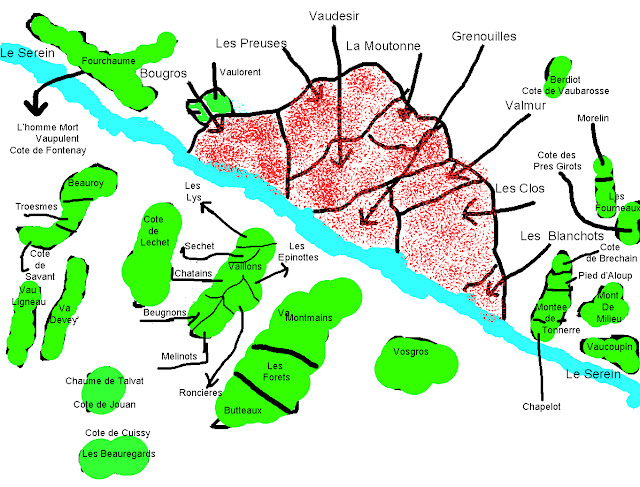Koheler Ruphrecht Saumagen Grand Cru
Koheler Ruphrecht in the town of Kallstadt in the Mittlehardt of Pfalz; one of the oldest producer of the region.
In the vineyard, no irrigation, fertilizers or herbicides are ever used, and systemic treatments against pests or fungal illness are kept to a minimum. In the cellar, long spontaneous fermentations occur in large, old German oak barrels with extended lees contact. Nothing is ever added or subtracted to the wine, and sulfur is only added moderately after alcoholic fermentation and before bottling.
The Grand Cru of the K.R. Is Saumagen, which translates to pig's stomach, is named after the shape of the vineyard and also happens to be the region's most famous local dish. The soils here are heavy in chalky marl and full of tiny individual limestones that reflect heat onto the grapes. Koehler-Ruphrecht's 4h are on the original South-East facing slope. A small part of the Saumagen is designated as Terra Rossa, with the limestone taking a red hue due to a heavy presence of iron oxide.
The other importan cru is Steinacker characterized by chalk and sandstone. The Rieslings and Scheurebe grown here tend have residual sweetness. The last one is Annaberg is the youngest vineyard site and characterized by a high proportion of sandstone. All grapes are hand harvested, with the team doing up to five passes each vintage to pick at optimal maturity.
The wine are stony-gingery, dense, cheese and almost chalky. Acidity is always the focus of their wine despite the residual sugar is mask quite lovely and hidden by the freshness of the Riesling; a warmly satisfying old-fashioned bigness of flavor that’s masculine the wine.
Ps. Very important from the vintage 2013 K.R. Would be out from the VDP Association they feel their way to change the law, misleading the quality of German wine.#mineralwine #pfalz #samaugen #steinacker




Comments
Post a Comment